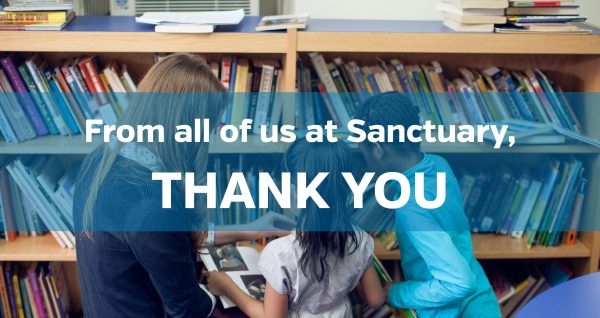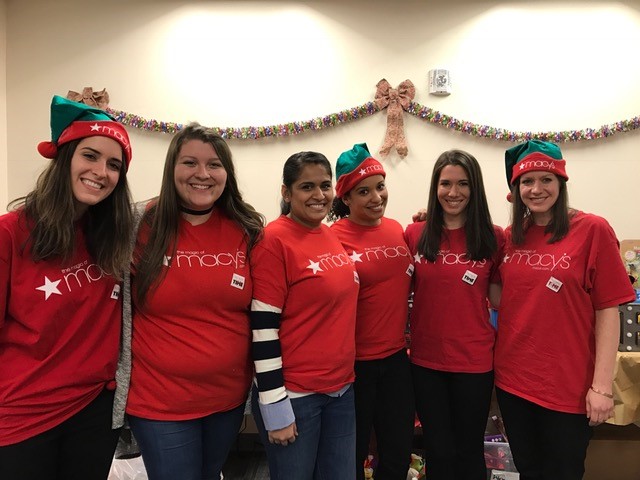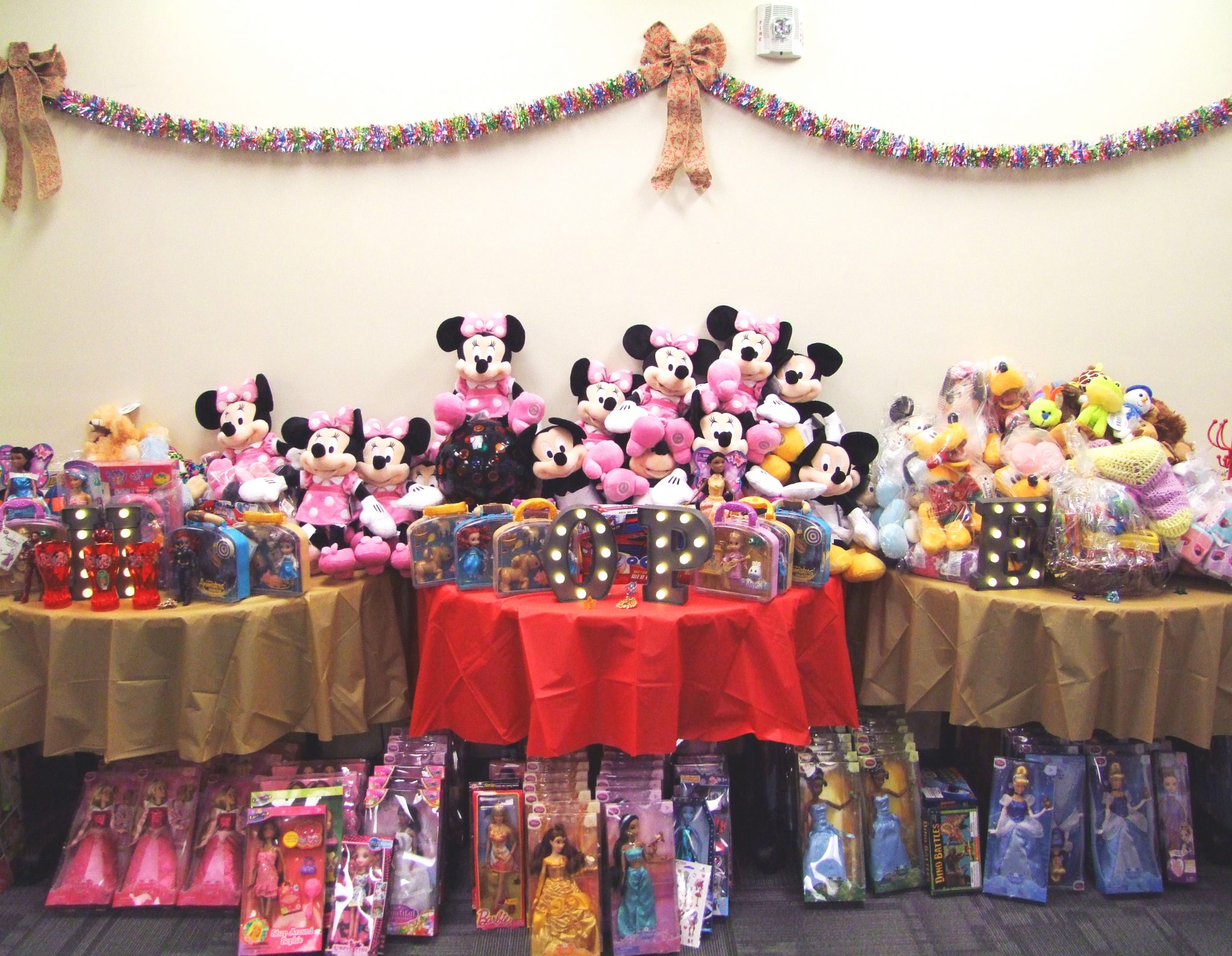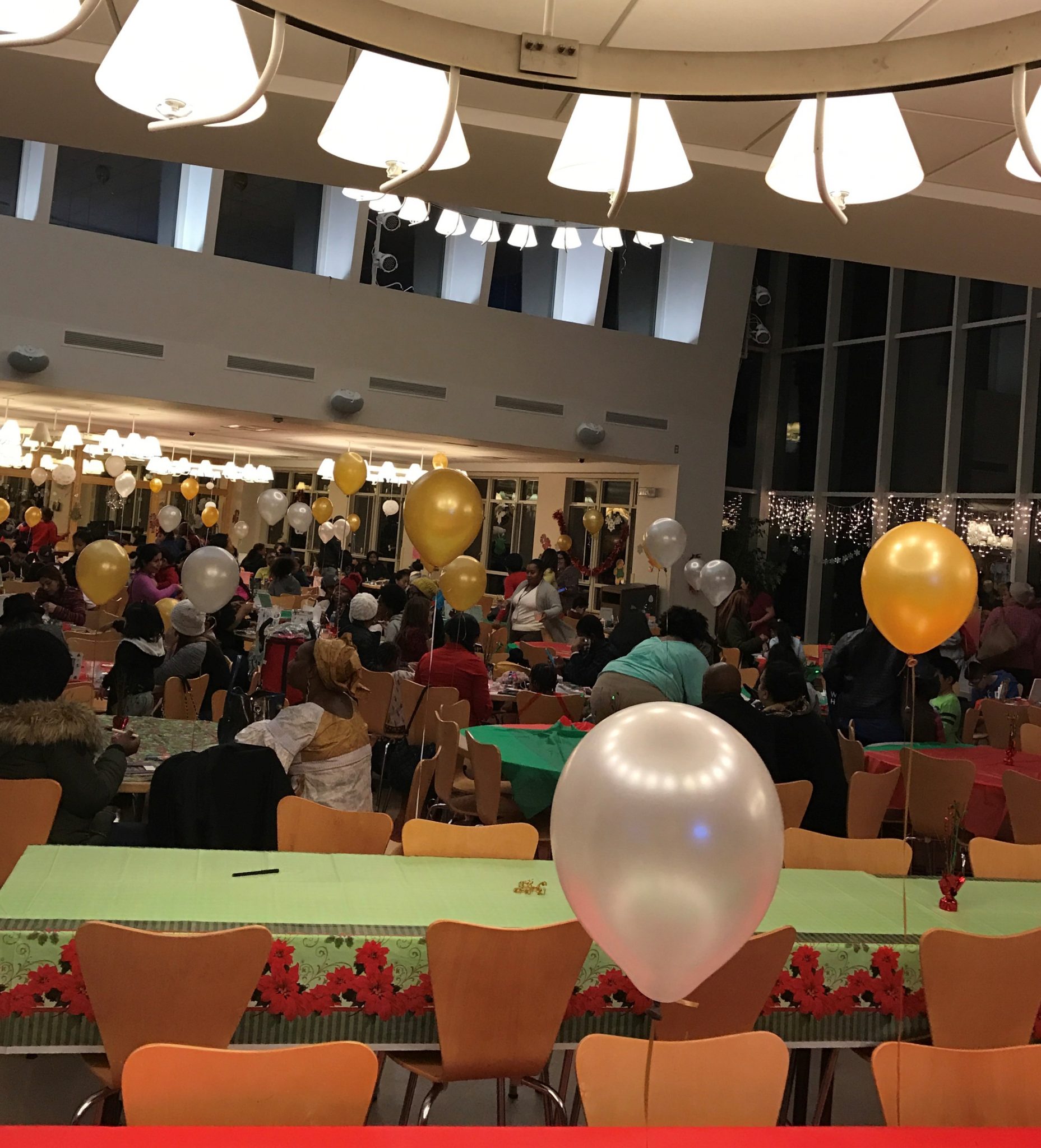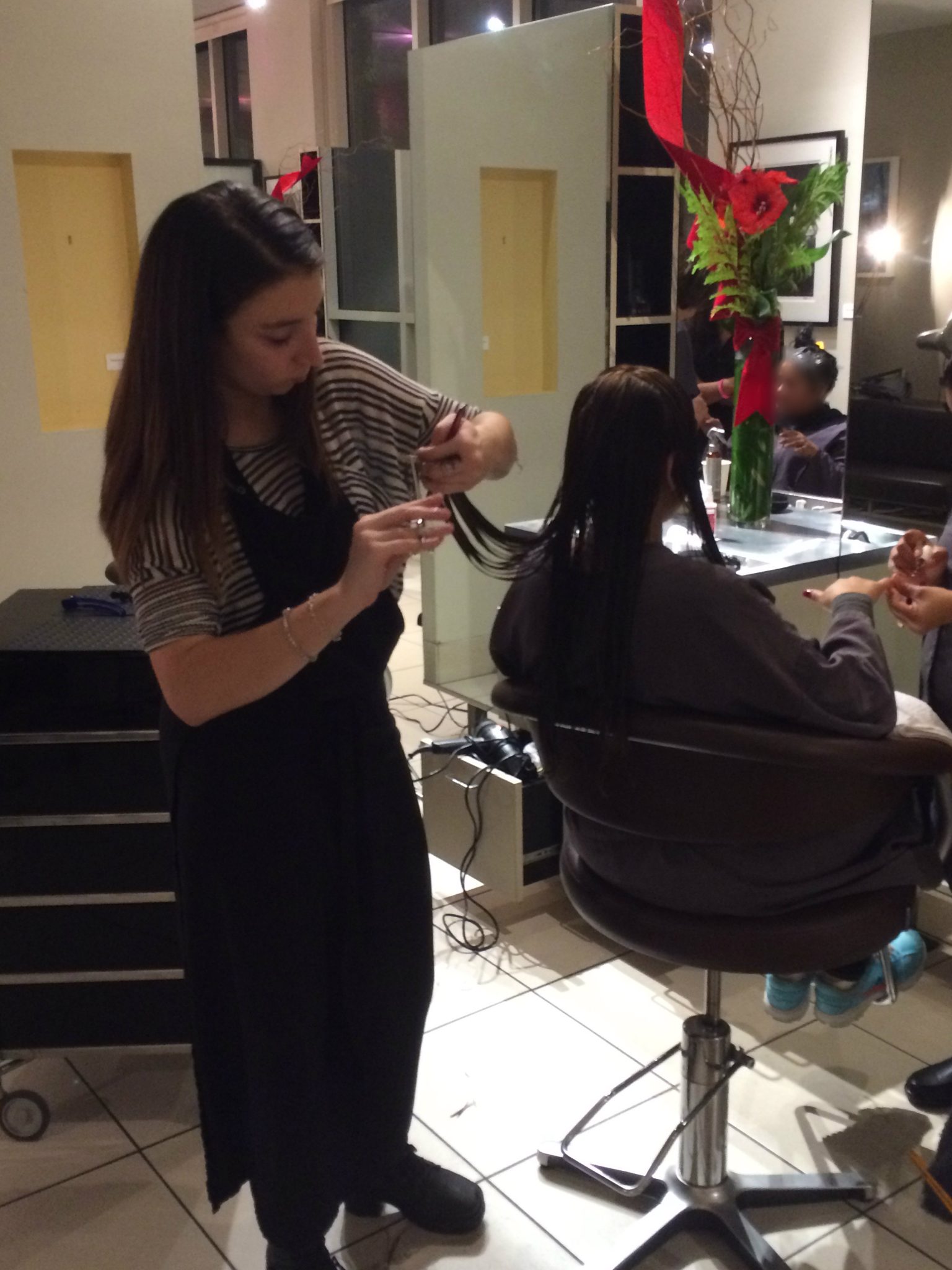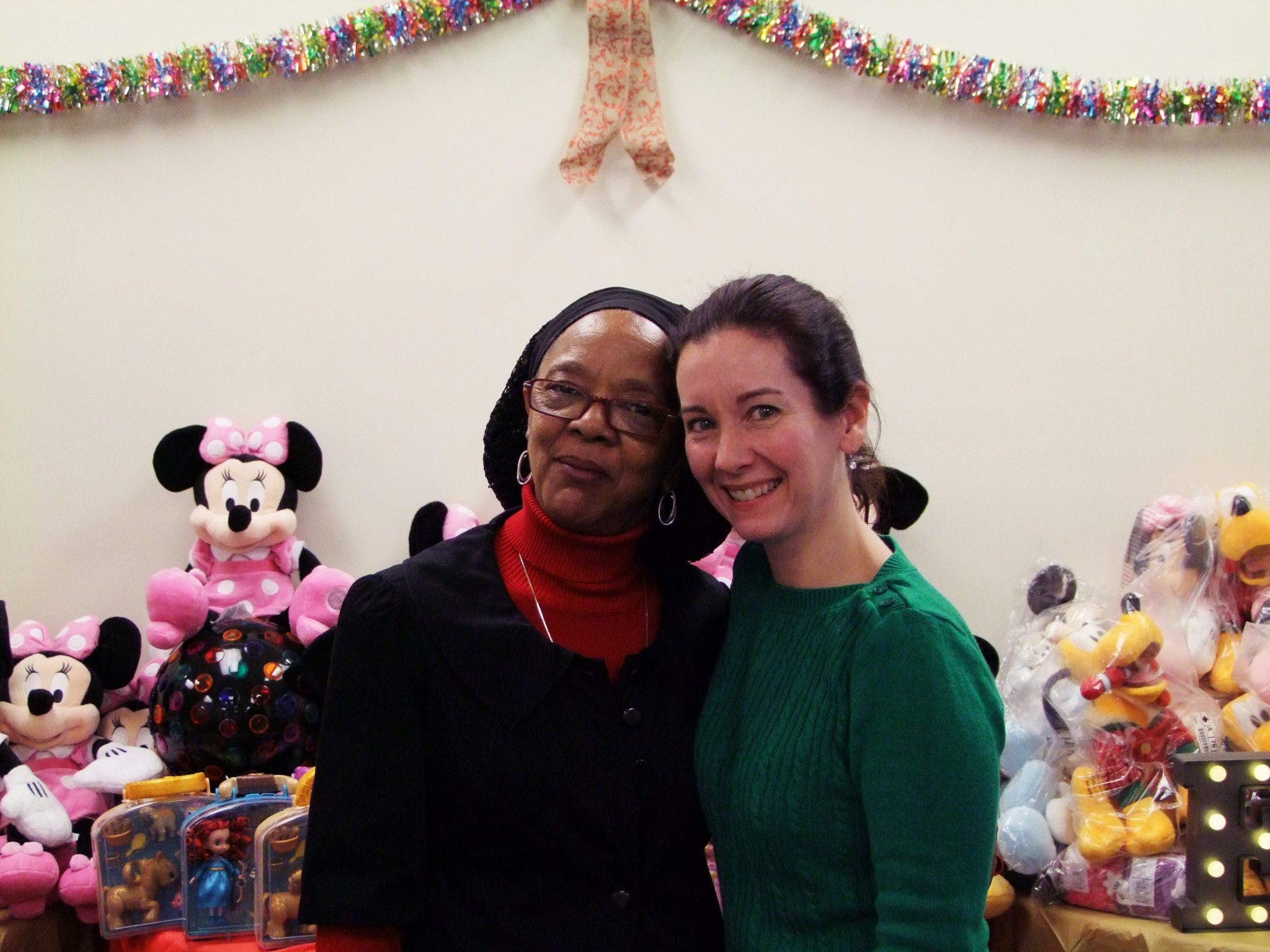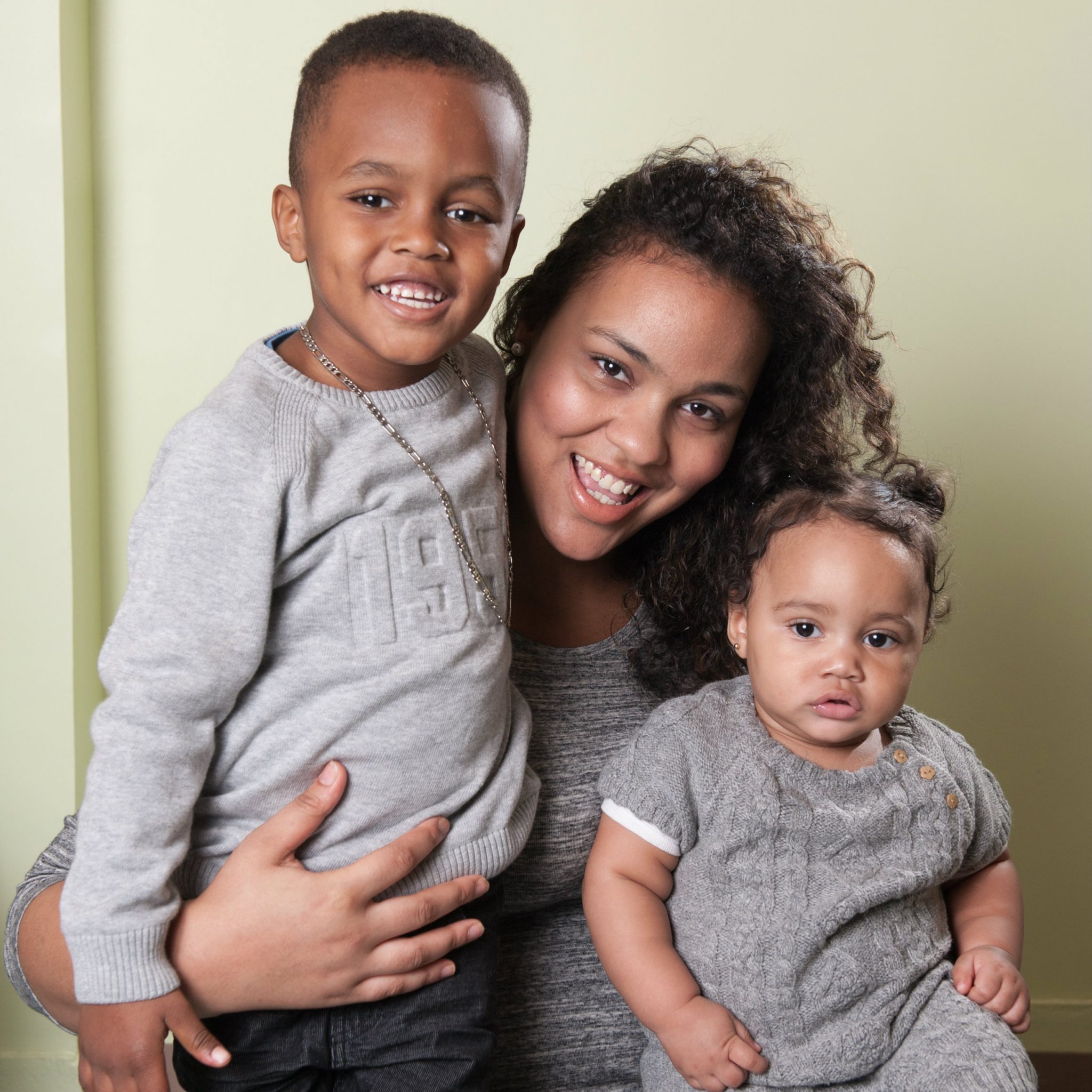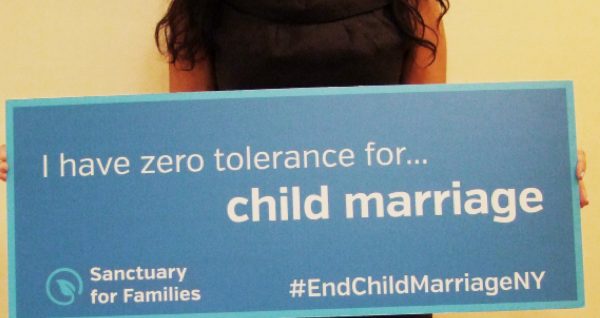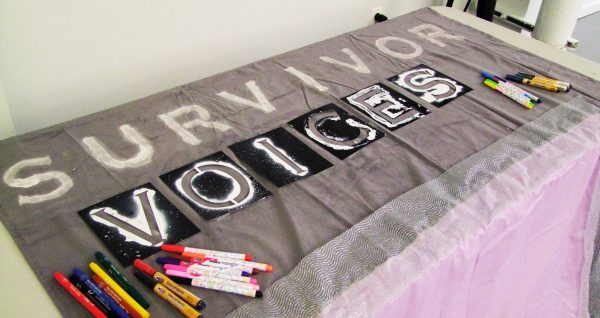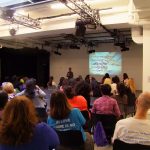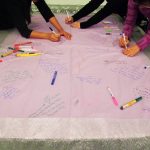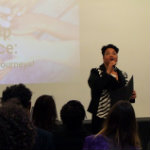Loopholes in New York’s marriage laws allow thousands of children as young as 14 to be married. Join us in our effort to end child marriage in New York.
It happens here
Most people don’t think of child marriage as a New York problem. Current law in New York and many other states, however, makes child marriage not just a possibility, but a sad reality for thousands of children.
As the law in New York currently stands, children ages 14 and 15 may be married with parental consent and judicial approval, and children ages 16 and 17 may be married with parental consent.
Parental consent or parental coercion
We believe that the current law in New York fails to protect children from entering into involuntary marriages. Parents and family can force children into marriage using threats and/or physical assault, and can often do so without encountering any significant legal barriers from City Clerks Offices.
According to data from the NY State Department of Health, 3,853 children under the age of 18 were married in New York State between 2000 and 2010.
A vast majority—about 85%—of the children married in that same study were young girls who were, more often than not, married to adult men. A separate study done in 2011, for example, found that a 14 year old was married to a 26 year old, a 15 year old to a 28 year old, a 16 year old to someone age 30-34, and a 17 year old to someone age 45-49.
While anyone can become a victim of forced marriage regardless of age, children face additional barriers because of their status as minors. From renting an apartment to opening up their own bank account – these challenges can often prevent minors from leaving an unwanted or abusive marriage.
Moreover, the current law permits child marriage in cases where sexual relationships between adults and children would otherwise constitute statutory rape.
Because of the legal exceptions that permit child marriage, authorities such as the police, school officials, and children’s services may be unsure of their role and duty to protect a child from a forced marriage, even when she or he reaches out for help.
Their stories
Child marriage is not a problem particular to one type of population, group or gender (boys can be victims as well). The stories below are composites of experiences shared by survivors of child marriage.
- Arielle was only 17 years old when she was told she’d be marrying the almost 30 year old man she had just met. All her life, the importance of having children had been stressed to Arielle by her family and members of her Orthodox community. As soon as she was married in a legal ceremony, Arielle and her husband began trying to have children. Though Arielle did not know her husband, and did not want to have a sexual relationship, her husband, family, and in-laws repeatedly chastised her for not having children. After a year of unsuccessfully trying to get pregnant, Arielle’s husband began to physically and verbally abuse her. Her in-laws and family supported her husband, saying that he was entitled to children and that Arielle must be doing something wrong. As the abuse worsened, Arielle began sneaking out of the house whenever possible. Arielle began to make friends in the surrounding neighborhood, and in her 20s, after suffering years of abuse, was able to escape her marriage with the assistance of friends.
- Marie was married in New York at the age of 15, to a man who was in his late 40s at the time. Though they lived in the United States, Marie’s family closely kept traditions observed by her extended family in West Africa, where her parents were from. Marie’s parents had promised her at birth to a man also from their home country who lived in New York. Though Marie did not want to get married, and wanted to continue her studies and eventually go to college, her family began pressuring her from a young age to get married to this man three decades years older than her. Despite Marie’s protests, her family refused to listen to her. Marie felt powerless, and though she protested, her parents gave this man written “consent” for the marriage, and a judge approved. Thus, Marie was legally married in New York at 15 years old to a much older adult man. From the day Marie was married, she suffered severe sexual, physical and psychological abuse. Marie is still married and is seeking counseling and legal support to leave her abusive situation, tracing back to her childhood.
- Sara moved to the United States from South Asia with her parents and older siblings. Her parents struggled financially but met a man who agreed to help them. One day, this man offered to apply for the family’s green cards and continue to provide financial support in exchange for marrying Sara. Sara’s parents pressured her to marry the man to secure the family’s immigration and financial situation, and she was soon wed to him at age 14. After her wedding, Sara was repeatedly raped and forced to cook and clean for her husband before she reached out to her teacher and was connected to Sanctuary.
We can end it
Marrying at any age before the age of 18 harms children’s health and education opportunities and increases their likelihood of facing poverty and domestic violence. Join Sanctuary and advocates across New York to help end child marriage in New York State.
On February 14th, 2017 Assembly Member Amy Paulin will introduce Assembly Bill A.5524. The bill will prohibit marriage of children under 17. Marriages for children age 17 to under 18 will require court approval. This is important step in the right direction and will save thousands of children from being forced into marriage against their will.
Here’s what you can do:
Contact your New York State Assembly Member and urge them to support Assembly Bill A.5524. Contact your New York State Senator to support the Senate equivalent.
Contact your New York City Council Member to urge them to sign onto Resolution 1244-2016, which calls upon the New York State Legislature to pass legislation prohibiting marriage under 18 without exceptions.
Sign Sanctuary’s petition and talk to others in your community to show legislators that New Yorkers are standing up against child marriage. Please get in touch with us to learn more about our advocacy efforts and how you can get involved.
—
Sayoni Maitra is a former staff attorney for Sanctuary’s Immigration Intervention Project.
